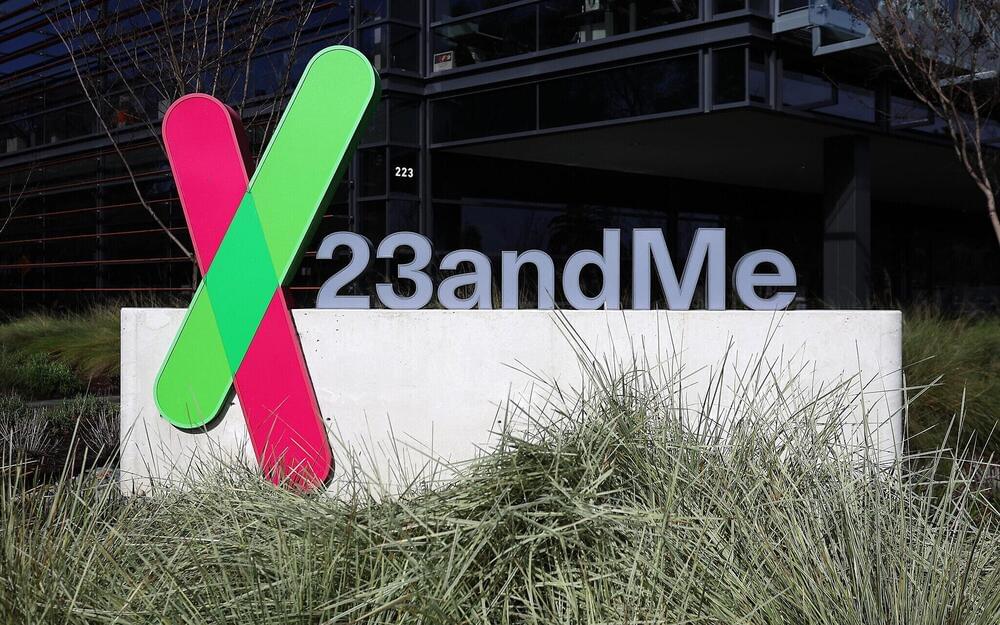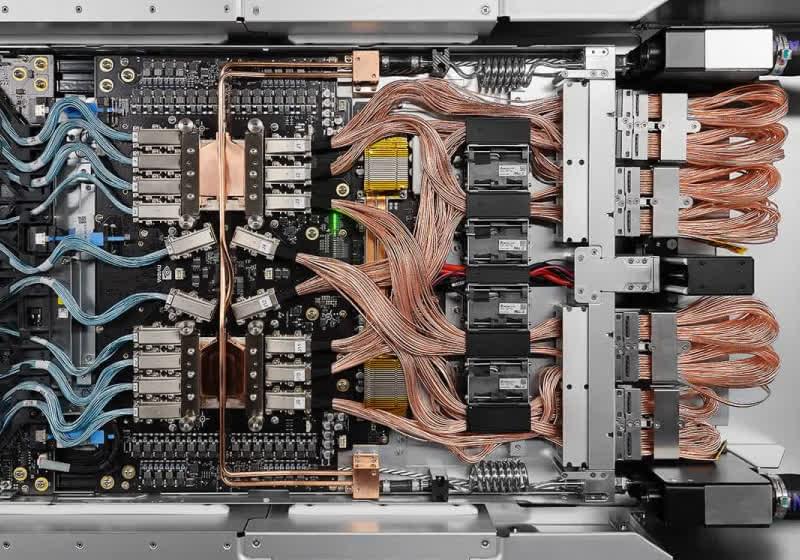Some of the largest, most damaging breaches of 2024 already account for over a billion stolen records. Plus, some special shout-outs.
Innovative research from Vilnius University sheds light on how DNA methylation impacts cellular aging and healthspan.
Genetic testing company settles with plaintiffs over breach that was revealed when hacker published link to database labeled ‘ashkenazi DNA Data of Celebrities’
The breach, which occurred last October, affected more than 6.9 million customers and included users’ personal details such as their location, name and birthdate, as well as some information about their family trees. That data was shared on BreachForums, an online forum used by cybercriminals.
According to court documents, the data breach was revealed October 6 after a hacker going by the pseudonym Golem, a reference to the Jewish mythical defender made of clay, published a link to a database labeled ashkenazi DNA Data of Celebrities. According to the lawsuit, the hacker referred to the list as the most valuable data you’ll ever see, though most of the names were not famous.
Researchers at the University of Liverpool and collaborators have arrived at a new understanding of bacterial photosynthesis. Using novel techniques, investigators have unveiled intricate detailed images of the key photosynthetic protein complexes of purple bacteria. These images shed new light on how these microorganisms harness solar energy.
Tycho F. A. van der Ouderaa, Mark van der Wilk, Pim de Haan Imperial College London, University of Oxford, & Cusp AI 2024.
https://arxiv.org/abs/2410.08087 https://github.com/tychovdo/noethers-razor
https://twitter.com/tychovdo/status/1846491022227869
…
We’ve detected that JavaScript is disabled in this browser. Please enable JavaScript or switch to a supported browser to continue using x.com. You can see a list of supported browsers in our Help Center.
Terms of Service Privacy Policy Cookie Policy Imprint Ads info © 2024 X Corp.
Crazy: Few would argue that Elon Musk is driven. Despite his various detractors, the entrepreneur has built Tesla and SpaceX into major competitors, if not leaders, in their respective industries. This success comes amid various side endeavors like Neuralink and Twitter/X transition. Now, his xAI team has gotten an AI supercluster up and running in just a few weeks.
Elon Musk and his xAI team have seemingly done the impossible. The company built a supercluster of 100,000 Nvidia H200 Blackwell GPUs in only 19 days. Nvidia CEO Jensen Huang called the feat “superhuman.” Huang shared the incredible story in an interview with the Tesla Owners Silicon Valley group on X.
According to Huang, constructing a supercomputer of this size would take most crews around four years – three years in planning and one year on shipping, installation, and operational setup. However, in less than three weeks, Musk and his team managed the entire process – from concept to full functionality. The xAI supercluster even completed its first AI training run shortly after the cluster was powered up.
AI pilots for helicopters.
The US Army’s UH-60M Black Hawk helicopter is set to become autonomous with the integration of a ‘robotic brain,’ enabling pilotless flights.
Expanding Healthy Human Lifespan for All — Dr. Mehmood Khan, MD — CEO, Hevolution Foundation.
Dr. Mehmood Khan, MD is the Chief Executive Officer of Hevolution Foundation (https://www.hevolution.com/), a first of its kind non-profit organization that funds research through grants and provides investments in biotech to incentivize healthspan science across disciplines and borders for the benefit of all. Established by a Saudi Royal Decree, with its headquarters in Riyadh, with additional international hubs to support the expansion and execute the global mission, it’s vision is to expand healthy human lifespan for the benefit of all humanity.
Hevolution Foundation aims to be positioned as a global leader, catalyst, partner, and convener, to increase the number of scientists entering the field, to increase the investable opportunities in the field of aging, and to help shape the regulatory and government environment.
Dr. Khan also currently serves as the Executive Chairman of Life Biosciences Inc. where he joined the company in April 2019 as the Chief Executive Officer and Board Member. Life Biosciences was founded to advance scientific research and develop innovative new therapies to improve and extend healthy lives for everyone.
Dr. Khan previously served as Vice Chairman and Chief Scientific Officer of Global Research and Development at PepsiCo, a Fortune 50 company employing upwards of 250,000 employees across 22 brands. At PepsiCo, Dr. Khan played a pivotal role in the company’s global R\&D efforts to create breakthrough innovations in food, beverages, and nutrition, including the incorporation of healthier and more nutritious offerings across its portfolio. Dr. Khan also oversaw PepsiCo’s global sustainability initiatives based on the belief that success in business is inextricably linked to the sustainability of the world we share.
NASA and NOAA have declared the Sun’s solar maximum, noting increased sunspot activity and heightened solar events that influence Earth’s space weather.
This period is linked to significant geomagnetic storms and aurora displays, with potential disruptions to satellites and communication systems.
Solar maximum announced by NASA and NOAA.
Tokyo’s Rhymes AI has just released Aria, a free, multimodal AI model that can even do some things that OpenAI can’t.









